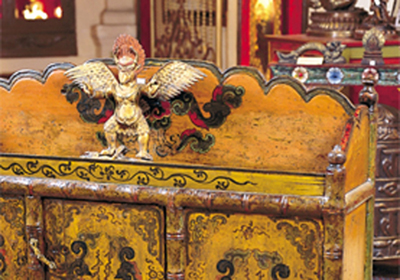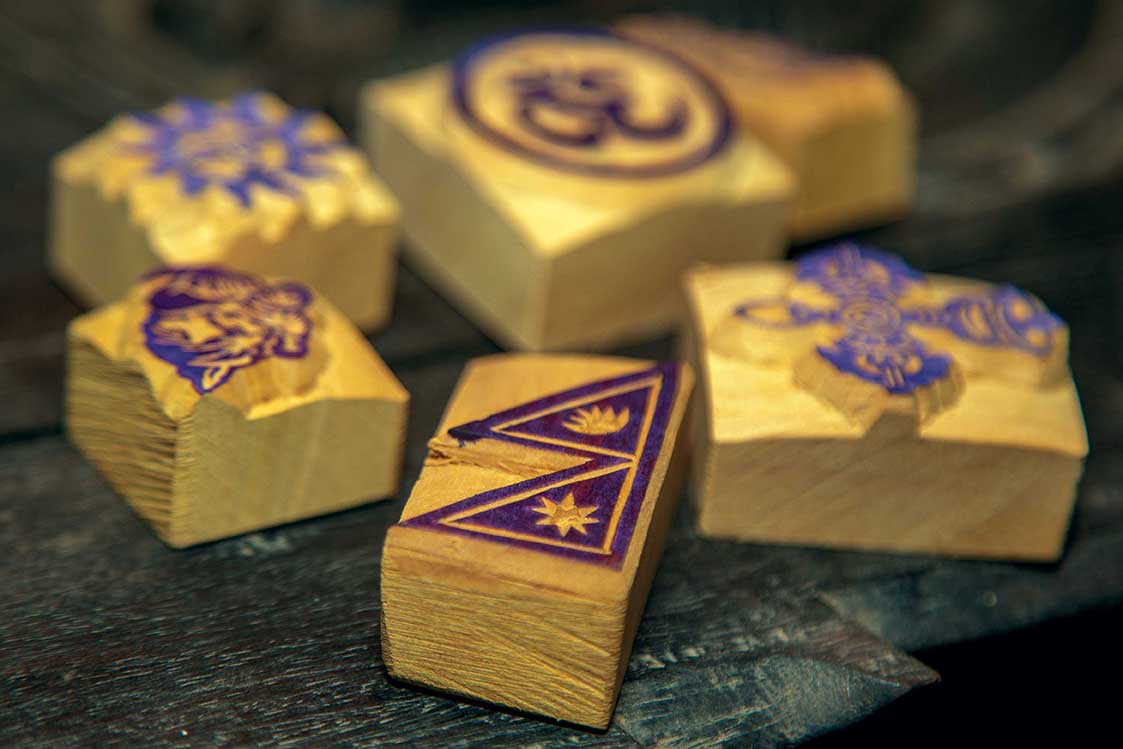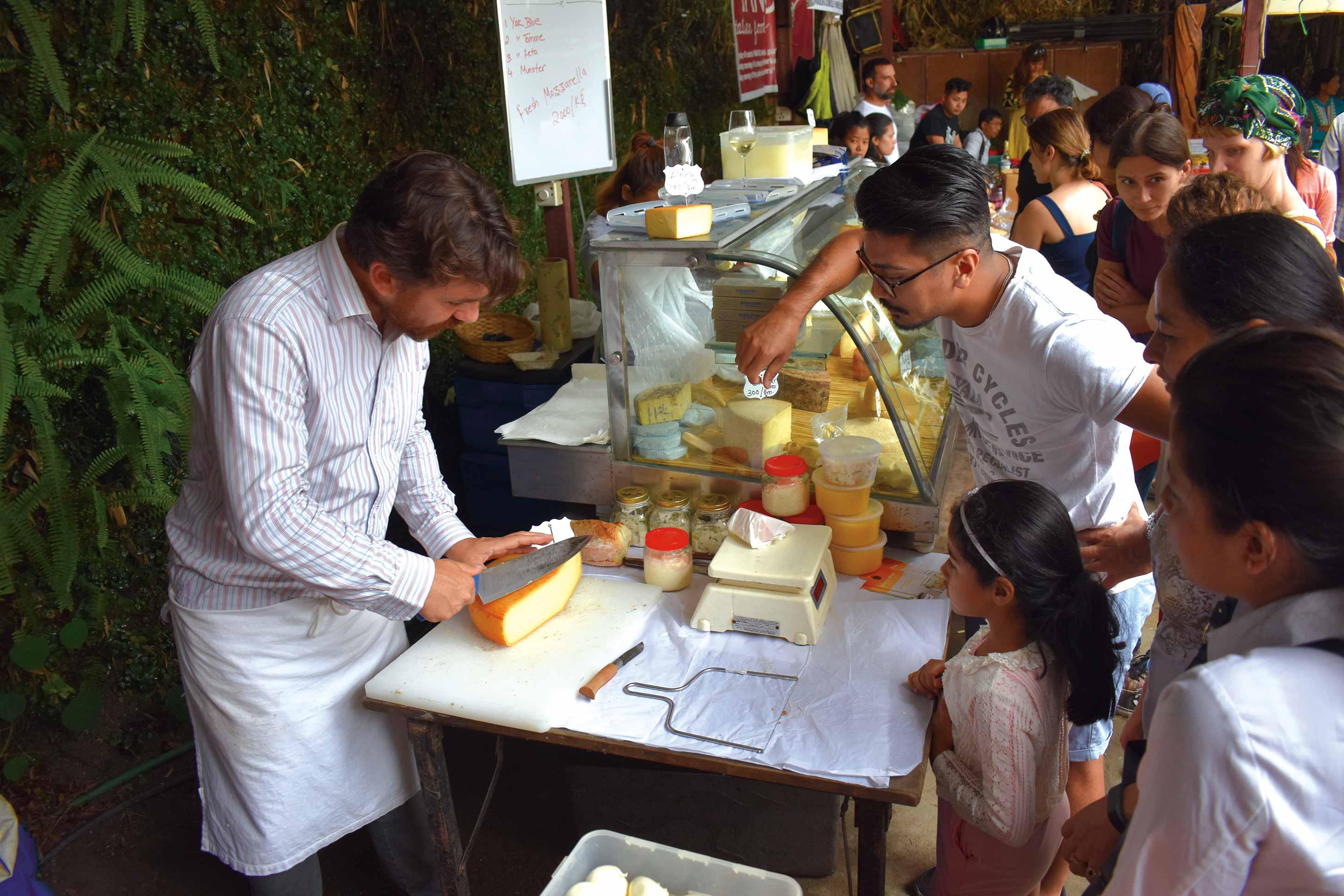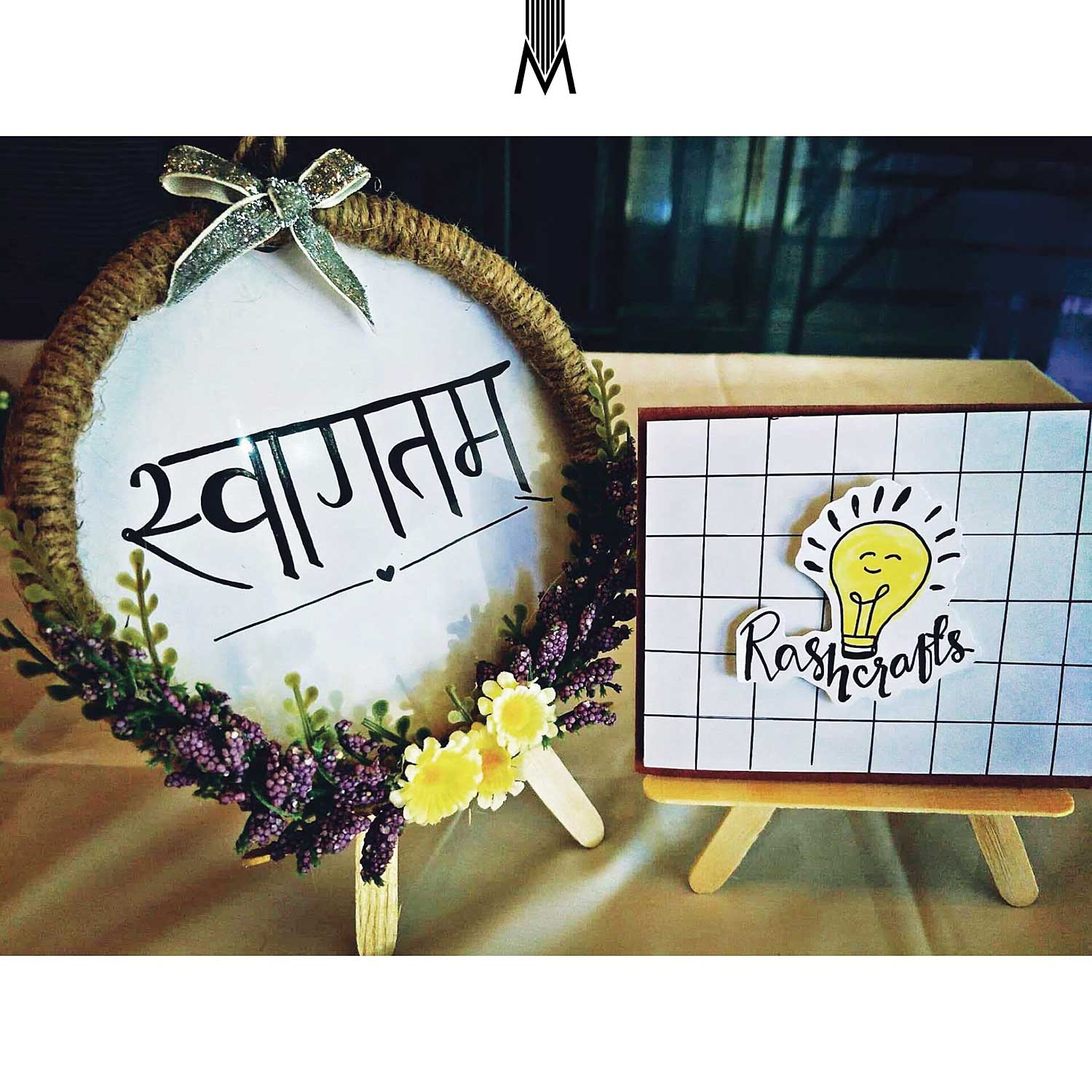In ancient Tibet, widespread use of wooden furniture was not known, as it was restricted to monasteries and upper/middle class Tibetans.
Ten years ago one rarely saw Tibetan furniture adorning someone’s living room in Kathmandu. Times have changed, and today quite often when visiting someone’s office or residence, you chance upon such exotic pieces of furniture from Tibet. It was in the 1990’s that this highly valued furniture started arriving in Kathmandu in sufficient quantity to arouse attention. They are unique and quite in demand for their exotic designs and attractive color combinations. They can fetch quite a sum even in the local market. Most are brought to Nepal and then exported to the West where sales and prices are obviously higher. From Thamel to Boudha, there are many outlets dealing in antique Tibetan furniture in Kathmandu.
 In ancient Tibet, widespread use of wooden furniture was not known, as it was restricted to monasteries and upper/middle class Tibetans. The population of Tibet also being small not much was ever made. Their number was further depleted when the Chinese invaded Tibet and destroyed a large amount of these works of art. Kathmandu already has a substantial collection of Tibetan furniture.
In ancient Tibet, widespread use of wooden furniture was not known, as it was restricted to monasteries and upper/middle class Tibetans. The population of Tibet also being small not much was ever made. Their number was further depleted when the Chinese invaded Tibet and destroyed a large amount of these works of art. Kathmandu already has a substantial collection of Tibetan furniture.
Tibetan furniture is primarily made from pine and other Himalayan soft woods. They are known for the various designs and motifs painted on the surface and the carved decoration that make them unique. They are typically decorated with images of deities, animals, flowers and vines or mythical beasts (like Dragons) and religious symbols. Other scenes depicted are pastoral events, animal round-ups or a number of horses galloping across a grassy knoll. Quite a few pieces will have sides that are not painted. If two tables or cabinets were kept side by side then the hidden sides were left unpainted.
Furniture from Tibet comes in the shape of cabinets, tables and storage boxes. Many of the altars and tables are finely carved with intricate designs. Some of these are folding tables, which can be easily transported. Almost all such furniture are painted and come in three distinct styles. 1. Paint applied directly on the sized wood. 2. Paint applied on cloth that has been glued to the wood. 3. Designs carved on the wood and then painted. Typically, most of these furniture dates back to the 18th and 19th century A.D. but occasionally one finds furniture, especially tables, dating as far back as the 12th century. Owing to the high altitude climate, which is dry and free of insect pests, they are usually well preserved. As many will have noticed, chairs are conspicuously absent from their midst as Tibetans in the earlier centuries, sat on the floor using cushions or rugs.
For painting furniture, the Tibetans made extensive use of mineral pigments bound in animal glue. The pigments were ground by stone, which resulted in softer tones. These paints are quite similar to those used for painting thangkas. The paint is finally coated with shellac-based varnish. As for the structure of the furniture, sophisticated methods of joining were rarely used and the usual system applied was tongue and groove or mortise & tenon. Sometimes wooden pegs have been used to secure pieces together. The fittings, hinges and nails are usually made of iron (occasionally brass hardware was also used).
CABINETS
Rectangular cabinets are the most common variety however they can be of many different dimensions. Tibetans used these for storing anything from foodstuffs to religious objects. Among Tibetan furniture, cabinets are the most useful in our modern homes as they can replace a chest of drawers. They are usually divided into two compartments by a shelf. Often it is difficult to tell where the cabinet opens out as only some of the panels open out while others remain fixed.
Tibetan cabinets usually have mortise & tenon construction with the top pegged in place. Glue was used to strengthen the joins as nails and screws were never used. Most often cabinets are decoratively painted only on the front and the top may sometimes be painted over with just one color, usually red. Another interesting fact is that in some cases, the left side of one cabinet and the right side of another would be painted while their opposite sides would be left bare because these sides would never be seen. This was the general practice in the monasteries where the cabinets would be kept in pairs side by side.
TABLES
A wide variety of forms and shapes of tables were in use, but most come from monasteries or from houses of the upper and middle class Tibetans. Since in the early days Tibetans sat on the floor using only cushions, the tables are all low and were generally used for serving food or tea while others were either used to hold ritual objects or texts for the monks to read.
Most of the carved pieces are tables, where the skill of the wood carver is showcased. Elaborately carved tables can have anything from dragons and other fanciful animals to foliage, vines and bamboo. It is also in tables that we find the most variations in form. Some tables resemble cabinets and distinguishable only by their low height. Others are light and airy with pierce-carved sides and backs. Some tables have swinging doors concealing a compartment just as with cabinets; some have full length drawers which open from the side. Others are open in the back.
STORAGE BOXES
Dating from the fifteenth through to the nineteenth centuries, Tibetan storage boxes along with tables are some of the earliest pieces of extant Tibetan furniture. These painted boxes were used exclusively in the monasteries to store brocades and other ritual objects that were not in daily use. By the nineteenth century, as society developed more cabinets were used in the houses of a growing middle class. Comparable to the six-board chest of the West, these boxes had either paint applied directly on the sized wood or covered with cloth which was then painted over. Gesso was also frequently used to produce raised decorations. Natural or dyed leather were used to cover boxes, which were used for transportation as well as storage.
SPECIAL FURNITURE
Other than tables, cabinets and boxes there are also pegam and the torgam. A pegam is a high table or a low cabinet with a scalloped backboard. Used for reading the pages of a book, it is mostly used in monasteries or the private shrine rooms. Torgams are cabinets, generally with only one or two doors, used to store torma, ceremonial offerings, which are made from butter and tsampa, or other offerings to propitiate wrathful deities. In this case the doors are generally painted with tantric illustrations.
AUTHENTICITY
But not all is well in the world of exotic furniture. The Chinese started mass-producing likenesses of Tibetan furniture and one needs to be careful when buying a piece. As the supply of original, untouched pieces from Tibet began to dwindle, “recreated” furniture started appearing in larger numbers in the market. Repainting of furniture is also a cause for concern as authenticity is lost. It is not uncommon for entire pieces to be repainted. Restoration is preferable where only the soot is removed to reveal the original painting. On the other hand, some pieces of furniture are reworked by fitting parts salvaged from another cabinet or table. In this way, their authenticity as well as their antique value is lost.
TELL TALE SIGNS OF FAKES
One way of telling fakes from genuine pieces is the choice of colors. Blue is a color rarely used in authentic Tibetan furniture. Most commonly used colors are red, yellow and green. Decorated tops are usually a sign of a fake. Very few pieces have been found to have painted tops. Keeping in mind that these types of furniture are very old, one should expect dents and scrapes or else they have been repainted which is something you want to avoid. Nowadays a thick layer of synthetic varnish is applied both to authentic and newly-painted furniture. Until this is removed, it is often difficult to determine whether the painting is original or newly done.

Five Tibetan Delicacies to Try
1) Laphing: There’s no doubt that laphing has become a very popular snack, especially amongst young people and...










